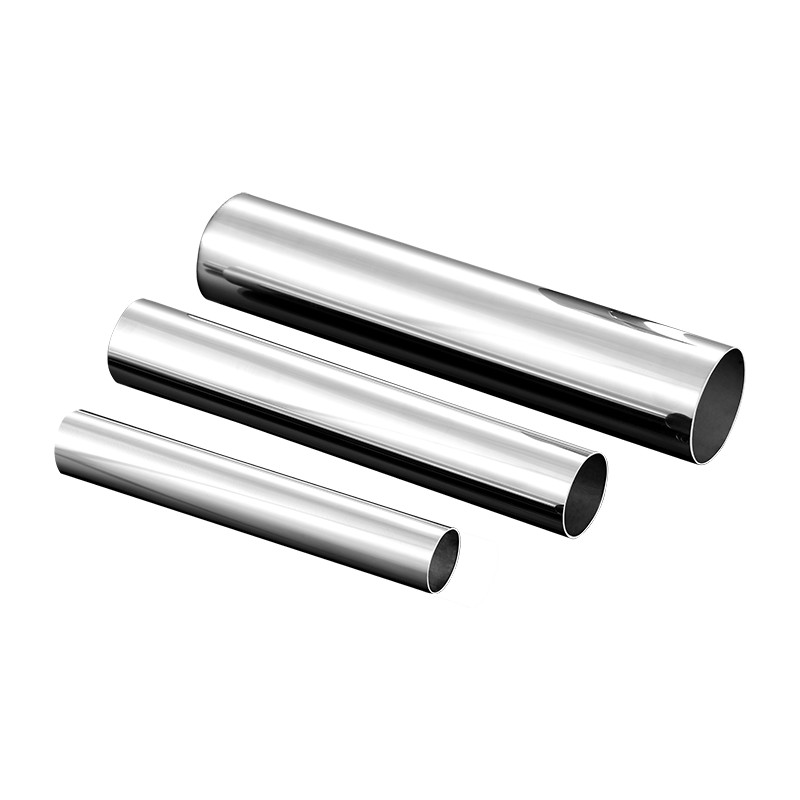Hot Rolling Process of Stainless Steel Welded Pipe
2025-07-02
Introduction
The hot rolling process is a critical manufacturing technique used to produce stainless steel welded pipes. This process involves the deformation of metal at high temperatures, which enhances its ductility, making it easier to shape. Stainless steel, renowned for its resistance to corrosion and strength, undergoes this hot rolling process to produce pipes that find widespread applications in industries like construction, automotive, and chemical processing. The hot rolling process involves several stages, including heating, rolling, and cooling, all of which influence the final properties of the welded pipe.
Stage 1: Heating the Stainless Steel
The process begins with the heating of stainless steel billets or slabs in a furnace. The metal is heated to a temperature above its recrystallization point, typically ranging between 1100°C to 1300°C (2012°F to 2372°F). At these elevated temperatures, the stainless steel becomes soft and malleable, making it easier to work with during the rolling process. Heating also helps to remove internal stresses within the metal, ensuring uniformity in the final product.
Stage 2: Rolling and Shaping
Once heated, the steel is passed through a series of rollers in the hot rolling mill. This stage is crucial for determining the dimensions of the stainless steel pipe. The metal is repeatedly compressed, elongating it to form the desired shape—typically a thin-walled cylindrical pipe. The rollers exert a combination of pressure and friction to stretch the metal while maintaining its integrity. This step not only defines the pipe's outer diameter but also contributes to the desired wall thickness and smooth surface finish.
Stage 3: Welding the Pipe
After the pipe is rolled into its desired form, the edges are brought together to create a seam, which is then welded. For stainless steel welded pipes, the most commonly used welding methods are electric resistance welding (ERW) or high-frequency induction (HFI) welding. In these processes, an electric current is passed through the metal edges, causing them to heat up and fuse together, forming a strong and durable weld seam. The quality of the weld is vital for ensuring the strength and leak-tightness of the finished pipe.
Stage 4: Cooling and Annealing
Once the pipe is welded, it enters a cooling chamber, where it is subjected to a controlled cooling process. This cooling is essential for solidifying the stainless steel and enhancing its mechanical properties. In some cases, the pipe may undergo annealing (a heat treatment process) to relieve stresses caused by the welding and rolling processes. Annealing also improves the corrosion resistance and mechanical properties of the pipe by controlling its microstructure.

Stage 5: Sizing and Finishing
After cooling, the stainless steel welded pipe is passed through a sizing mill, which fine-tunes its outer diameter and wall thickness to precise specifications. Any imperfections, such as surface roughness or welding defects, are addressed through finishing processes like pickling, polishing, or grinding. Pickling, a common method for cleaning the surface of stainless steel, removes any oxides and scales formed during the hot rolling process, ensuring a clean and shiny finish.
Applications and Advantages
The hot rolling process results in stainless steel welded pipes that exhibit several benefits, making them suitable for various applications. These include:
Corrosion Resistance: Stainless steel pipes resist rust, oxidation, and other forms of corrosion, making them ideal for use in harsh environments.
Strength and Durability: The high temperature and repeated deformation during hot rolling enhance the mechanical strength of the pipes.
Versatility: Stainless steel welded pipes are used in industries ranging from petrochemical and food processing to pharmaceuticals and construction.
Cost-Effective: Compared to other pipe manufacturing methods, hot rolling is relatively economical, especially when large quantities of pipes are required.
Conclusion
The hot rolling process of stainless steel welded pipes plays a vital role in the production of high-quality, durable pipes. By utilizing heat and pressure to shape and weld stainless steel, this process imparts strength, resistance to corrosion, and versatility to the final product. Whether in industrial infrastructure, automotive applications, or chemical industries, stainless steel welded pipes are crucial in meeting the demanding requirements of modern engineering.
As a professional manufacturer and supplier, we provide high-quality products. If you are interested in our products or have any questions, please feel free to contact us.


